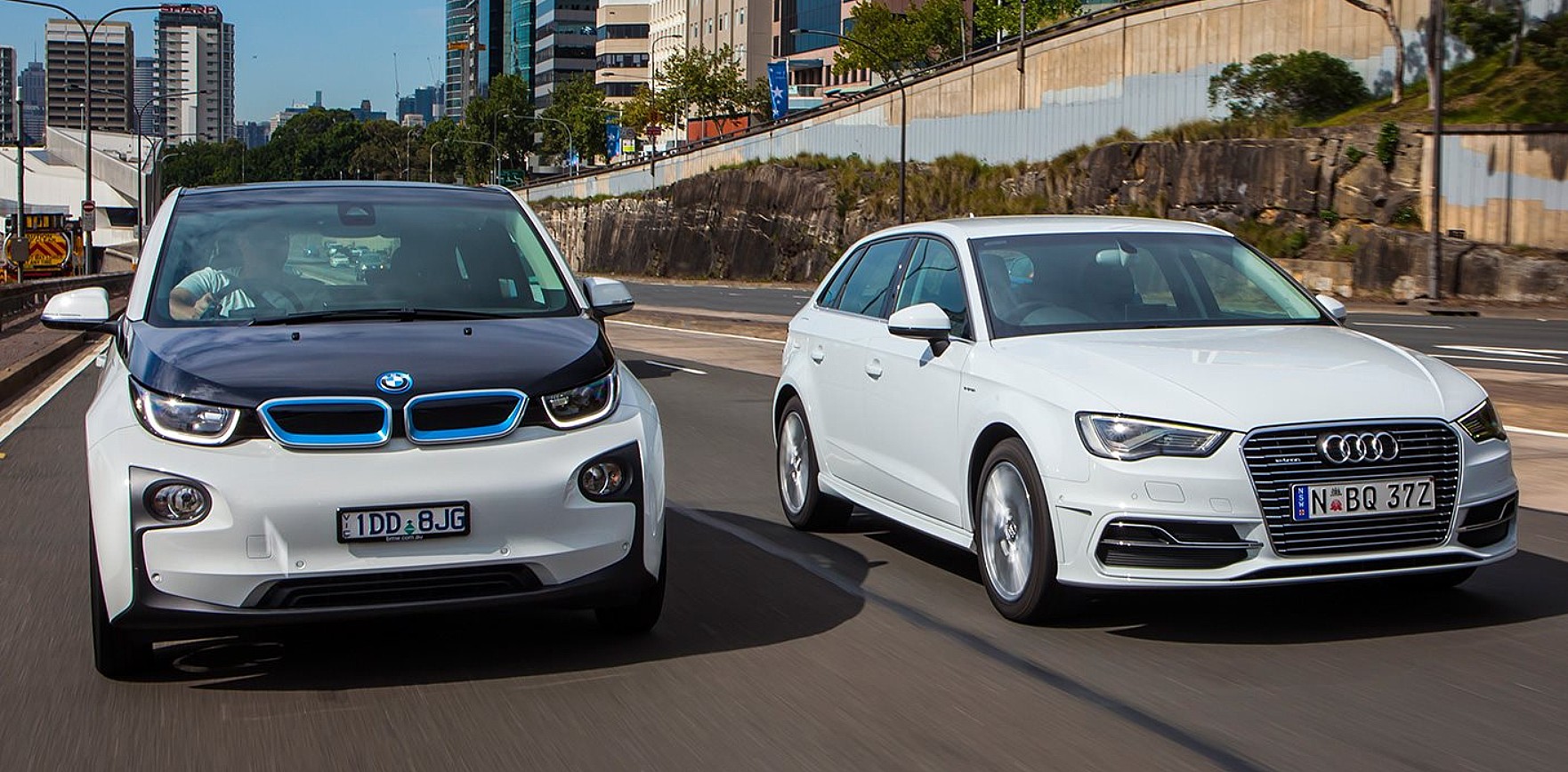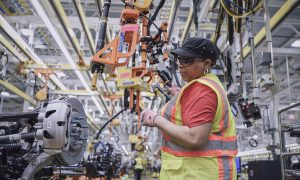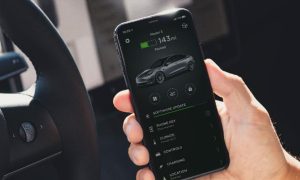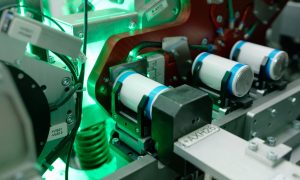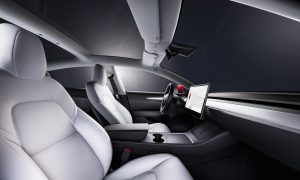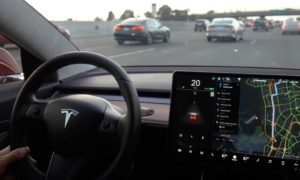German automakers Audi and BMW are facing painful cutbacks as each company attempts to accelerate its efforts towards electromobility. Based on recent reports, Audi will be engaging in drastic job cuts that would reduce its manpower in Germany by the thousands while BMW will be engaging in cost-cutting measures that would affect the compensation of its employees.
In a recent report, German news agency tagesschau.de revealed that Audi will be cutting 9,500 of 61,000 jobs in the country. In place of the employees who would be facing job cuts, Audi is planning on hiring 2,000 electric mobility specialists instead. The job cuts, as well as the hiring of the 2,000 e-mobility specialists, are expected to be completed by 2025.
Part of the reason behind these drastic cuts is the sheer under-utilization of Audi’s facilities. According to the German news agency, the 61,000 employees at the two German plants in Ingolstadt and Neckarsulm are largely under-utilized. The Neckarsulm facility, for example, has a capacity of 300,000 cars annually, but its current output is far less, partly due to the region’s shift away from the internal combustion engine.
Outgoing CEO Bram Schot explained the job cuts in a statement to the German publication. “In times of upheaval, we are making Audi more agile and efficient, increasing productivity and strengthening the competitiveness of our German operations in the long term,” he said.
In a way, a notable part of Audi’s struggles lies in the auto industry’s shift towards electric mobility. This is something that is also being felt by fellow German automaker BMW, which recently announced that it will be adopting some painful cost-cutting measures as well.
According to a Bloomberg report, BMW will be reducing bonus payments for employees in Germany. The veteran carmaker noted that this was done to avoid drastic measures such as those being adopted by Audi. This was explained at a staff meeting in Munich on Wednesday by new BMW CEO Oliver Zipse. “Together with the works council, we have reached a common solution. This allows us to avoid drastic measures that others are taking to reduce their costs,” he said.
It should be noted that BMW’s cuts to its German employees are only part of the veteran automaker’s plan to save over 12 billion euros ($13 billion). These savings will then be used as additional funds to developing new vehicle technologies, one of which is the rollout of the company’s all-electric vehicles. BMW has some catching up to do on this front, as the company’s battery-electric cars are still headlined by a vehicle that is long in the tooth: the BMW i3, which was released back in 2013.
Between the two companies, Audi is ahead considering that it has already released the e-tron, a fully-electric SUV, to the market. That being said the e-tron suffers from poor range and efficiency, with the vehicle only receiving a 204-mile EPA rating despite its 95 kWh battery. BMW, on the other hand, has vehicles like the i4 and the iX3 on the way, though the vehicles are not yet in production.

